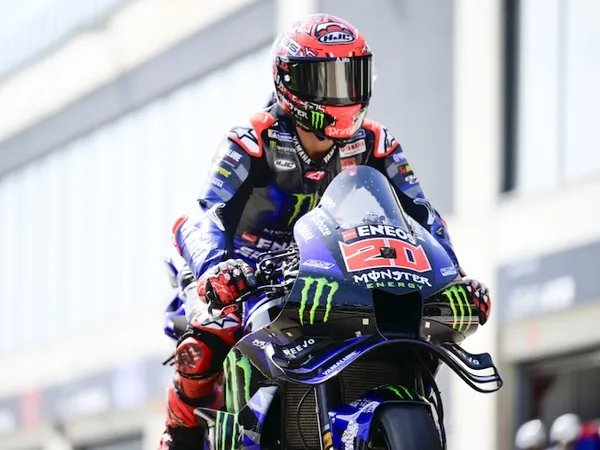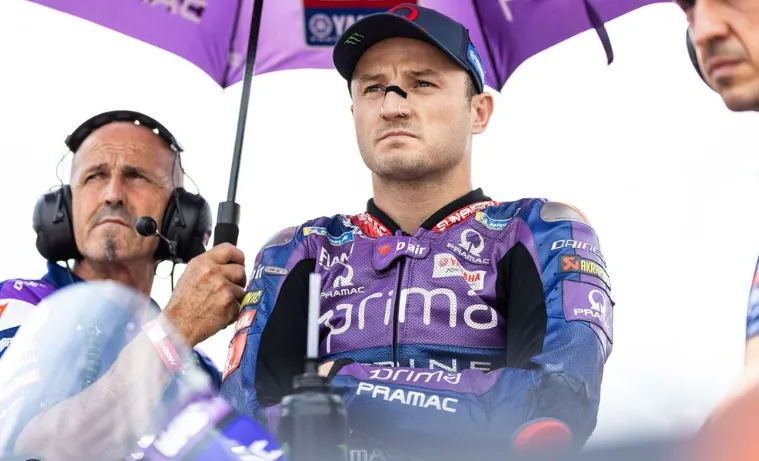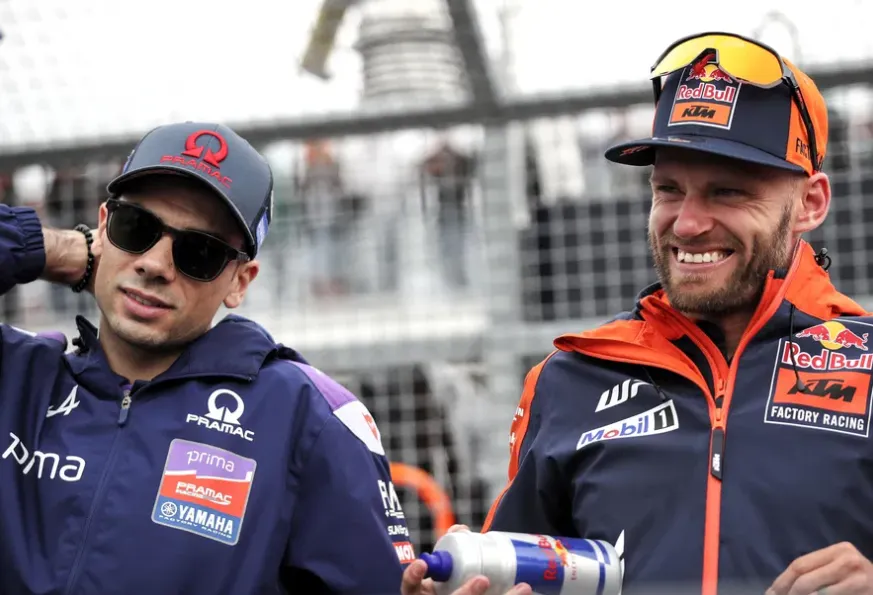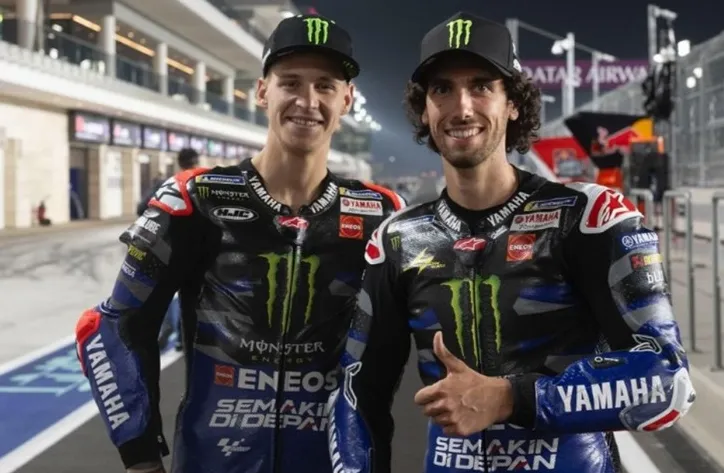
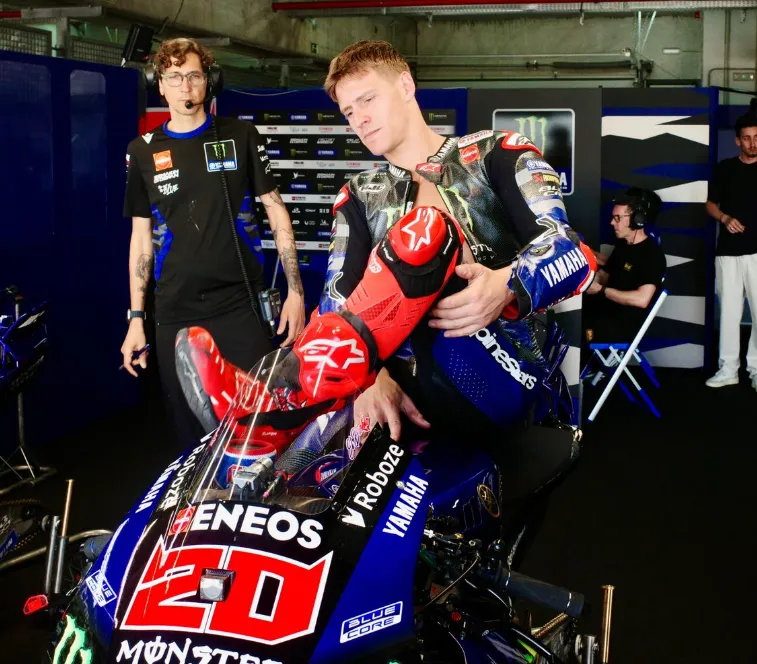
Fabio Quartararo reveals the truth: Yamaha is seriously lacking technical direction!
In the high-octane world of MotoGP, where milliseconds decide champions and engineers play as vital a role as the riders, technical clarity isn’t just a bonus — it’s a necessity. That’s why Fabio Quartararo’s recent comments about Yamaha’s development process have sent shockwaves through the paddock.
With teams like Ducati and KTM making rapid advancements through precise electronics integration, Yamaha’s uncertainty feels like a glaring vulnerability. Quartararo has now openly admitted that the factory team doesn’t fully understand the scope of what their electronics package can deliver — a statement that raises critical questions about Yamaha’s future in the championship.
Fabio Quartararo Speaks Out: A Rare Glimpse Behind the Curtain
Fabio Quartararo, the 2021 MotoGP World Champion and Yamaha’s top talent, recently gave a candid assessment of the team’s technical standing — and it wasn’t pretty. In an interview following a lackluster performance, Quartararo admitted:
“I think we don’t really know how much we can gain by the electronics.”
In a sport that relies heavily on data analysis, precision mapping, and cutting-edge technology, this sort of ambiguity isn’t just troubling — it’s dangerous. Quartararo’s remarks reveal a factory team operating in a fog, unsure of how to optimize one of the most essential components of a modern MotoGP bike.
He continued with an even more eye-opening statement:
“There is a lot to gain but nobody knows. We don’t know how much we could gain.”
What’s Going Wrong at Yamaha?
At the heart of Quartararo’s frustration is a fundamental lack of progress. While Ducati is using machine learning and AI-based analytics to refine rider input and electronics mapping in real-time, Yamaha seems stuck in a reactive cycle — making changes without fully understanding the outcomes.
Electronics: The Brain Behind the Beast
Modern MotoGP bikes are marvels of engineering, but their true power is unlocked through finely-tuned electronics. These systems control:
-
Traction control
-
Engine braking
-
Power delivery
-
Launch control
-
Fuel management
Without fully optimized electronics, even the most powerful engine will behave like a wild horse — unpredictable and ineffective. Quartararo’s concern is that Yamaha doesn’t yet know how to tame that horse effectively.
Falling Behind: Yamaha vs The Competition
While Fabio Quartararo continues to push the limits on track, his machine simply doesn’t seem to be evolving at the same pace as those of his rivals. Ducati, KTM, and even Aprilia have made noticeable strides in electronic management, helping their riders achieve consistent traction and acceleration out of corners.
Compare that with Yamaha’s recent struggles:
-
Lack of drive on corner exit
-
Inconsistent acceleration
-
Unstable engine-braking behavior
-
Poor top speed despite aero tweaks
These are all areas that advanced electronic systems are designed to address — and clearly, Quartararo isn’t confident that Yamaha is making full use of theirs.
A Team Without Direction?
Perhaps the most alarming aspect of Quartararo’s comments is what they imply about the internal structure at Yamaha. In top teams, development is a collaborative process driven by:
-
Rider feedback
-
Data acquisition
-
Software engineering
-
Track testing
But according to Quartararo, Yamaha isn’t connecting those dots:
“We are working in the dark.”
That statement suggests a development department that’s not only behind technologically but also lacking a coherent methodology. The Frenchman is essentially calling for Yamaha to not just work harder — but work smarter.
How Did Yamaha Get Here?
Yamaha was once the gold standard in rideability and chassis balance. Riders like Valentino Rossi and Jorge Lorenzo praised the M1 for its predictability and smooth power delivery. But as electronic systems became more complex, Yamaha seemingly clung to its traditional strengths without evolving its approach.
As a result, while other manufacturers leaned into data-driven development, Yamaha was slow to adapt. By the time Quartararo came onto the scene, the gap was already forming.
Historical Inertia
Another contributing factor might be what’s known in motorsports as “legacy bias” — relying too heavily on what worked in the past. Yamaha dominated when the electronics were simpler. Now, with unified ECUs and software freeze rules, the game has changed. Manufacturers must extract performance through fine calibration rather than sweeping hardware changes — and that requires deep technical infrastructure.
The Human Cost: Quartararo’s Confidence is Waning
Riders thrive on trust — not just in their machinery, but in their team’s ability to provide consistent improvements. Over the past two seasons, Fabio Quartararo’s frustration has grown increasingly evident.
From emotional post-race interviews to visible agitation in the garage, Quartararo is sending a message: He wants solutions, not excuses.
He’s not just asking for more horsepower or better aerodynamics — he’s asking Yamaha to understand their own bike. It’s a subtle but crucial difference. Improvement doesn’t just mean throwing parts at the problem; it means having the analytical framework to know what’s working and why.
Will Quartararo Stay?
If Yamaha continues to flounder, the elephant in the room becomes unavoidable: Will Fabio Quartararo leave Yamaha?
His contract runs through the current season, and while he’s remained loyal, there’s only so long a top rider can wait for a turnaround. With rumors of interest from KTM and even Honda (in the post-Marquez era), Quartararo holds considerable leverage.
Yamaha’s Path to Redemption
So what must Yamaha do to get back on track? The good news is that the core issues are solvable — but they require a cultural shift.
1. Invest in Data Science and Simulation
MotoGP is now as much a software sport as a mechanical one. Yamaha must bolster its data analysis department, bringing in software engineers who understand racing applications. More simulation, faster feedback cycles, and smarter analytics will allow them to quantify exactly where gains are being left on the table.
2. Benchmark Against the Best
Rather than operating in a silo, Yamaha should look to benchmark its systems against top competitors. Ducati’s “holistic integration” of rider feedback, electronics, and chassis development is a model worth studying.
3. Rider-Engineer Synergy
Quartararo is providing invaluable feedback — but it needs to be translated into actionable engineering decisions. Creating tighter integration between rider and technical staff is essential.
4. Be Bold With Changes
Yamaha has often been cautious in its evolution. That mindset must change. Whether it’s a full rework of the electronics strategy, a shift in development priorities, or even leadership restructuring — boldness is required.
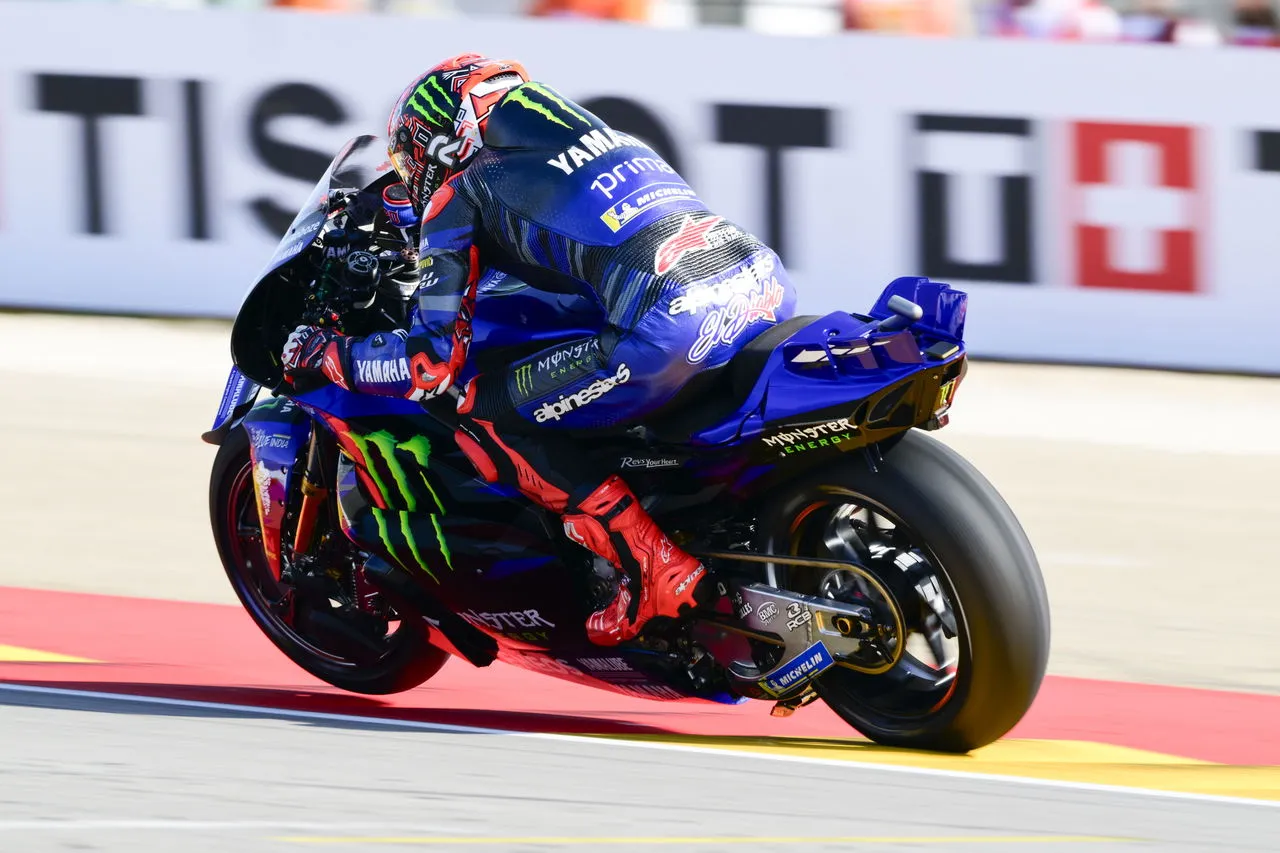
What’s Next for Quartararo and Yamaha?
As the season progresses, all eyes will be on Fabio Quartararo’s performances — but perhaps more importantly, on Yamaha’s response. Each Grand Prix is not just a test of speed, but a referendum on Yamaha’s ability to adapt.
Will they embrace the challenge, invest in smarter tools, and return to the front? Or will they continue to drift in a cloud of ambiguity, watching as their rivals lap them — not just on track, but in the garage?
Quartararo’s warnings should be taken seriously. He’s not just sounding an alarm — he’s offering an opportunity.
Conclusion: Yamaha Must Wake Up — Before It’s Too Late
Fabio Quartararo has laid bare the truth: Yamaha, once a titan of MotoGP innovation, is now grappling with fundamental uncertainty. Their inability to quantify and capitalize on the potential of their electronic systems isn’t just a technical flaw — it’s a strategic failure.
But it’s not too late. With the right investments, mindset shifts, and technical recalibration, Yamaha can return to winning ways. Quartararo is giving them the blueprint — but it’s up to the team to build something with it.
The question is no longer “Can Yamaha win?”
It’s “Does Yamaha understand how to win in the modern MotoGP era?”
Time is running out. And in MotoGP, those who hesitate get left behind.








